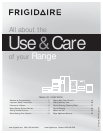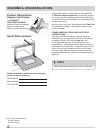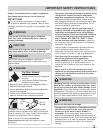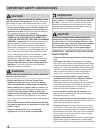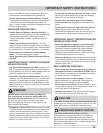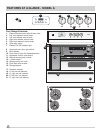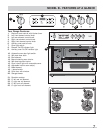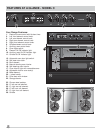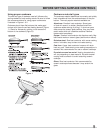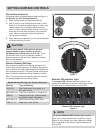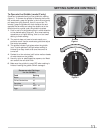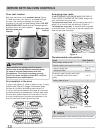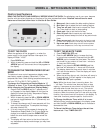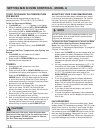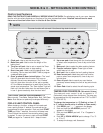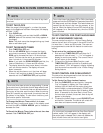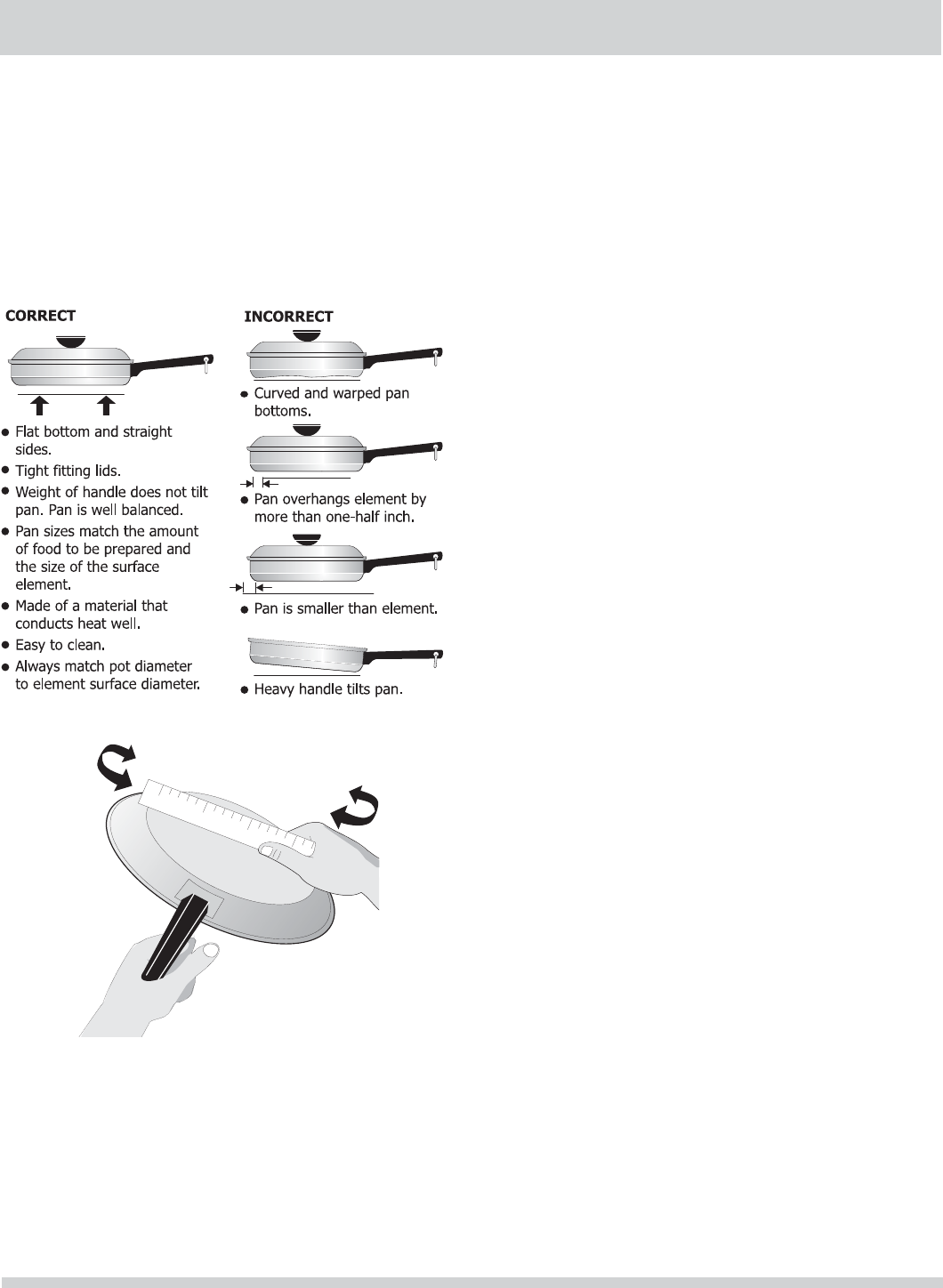
9
BEFORE SETTING SURFACE CONTROLS
Using proper cookware
The size and type of cookware used will infl uence the
setting needed for best cooking results. Be sure to follow
the recommendations for using proper cookware as
illustrated in Figures 1 & 2.
Cookware should have fl at bottoms that make good
contact with the entire surface heating element (Figure
1). Check for fl atness by rotating a ruler across the
bottom of the cookware (Figure 2).
Figure 2
Figure 1
Cookware material types
The cookware material determines how evenly and quickly
heat is transferred from the surface element to the pan
bottom. The most popular materials available are:
Aluminum- Excellent heat conductor. Some types
of food will cause it to darken (Anodized aluminum
cookware resists staining & pitting). If aluminum pans
slide across the ceramic glass cooktop, they may leave
metal marks which will resemble scratches. Remove
these marks immediately.
Copper- Excellent heat conductor but discolors easily. May
leave metal marks on ceramic glass (see Aluminum above).
Stainless steel- Slow heat conductor with uneven cooking
results. Is durable, easy to clean and resists staining.
Cast iron- A poor heat conductor however will retain
heat very well. Cooks evenly once cooking temperature is
reached. Not recommended for use on ceramic cooktops.
Porcelain-enamel on metal- Heating characteristics
will vary depending on base material. Porcelain-enamel
coating must be smooth to avoid scratching ceramic
cooktops.
Glass- Slow heat conductor. Not recommended for
ceramic cooktop surfaces because it may scratch the
glass.



